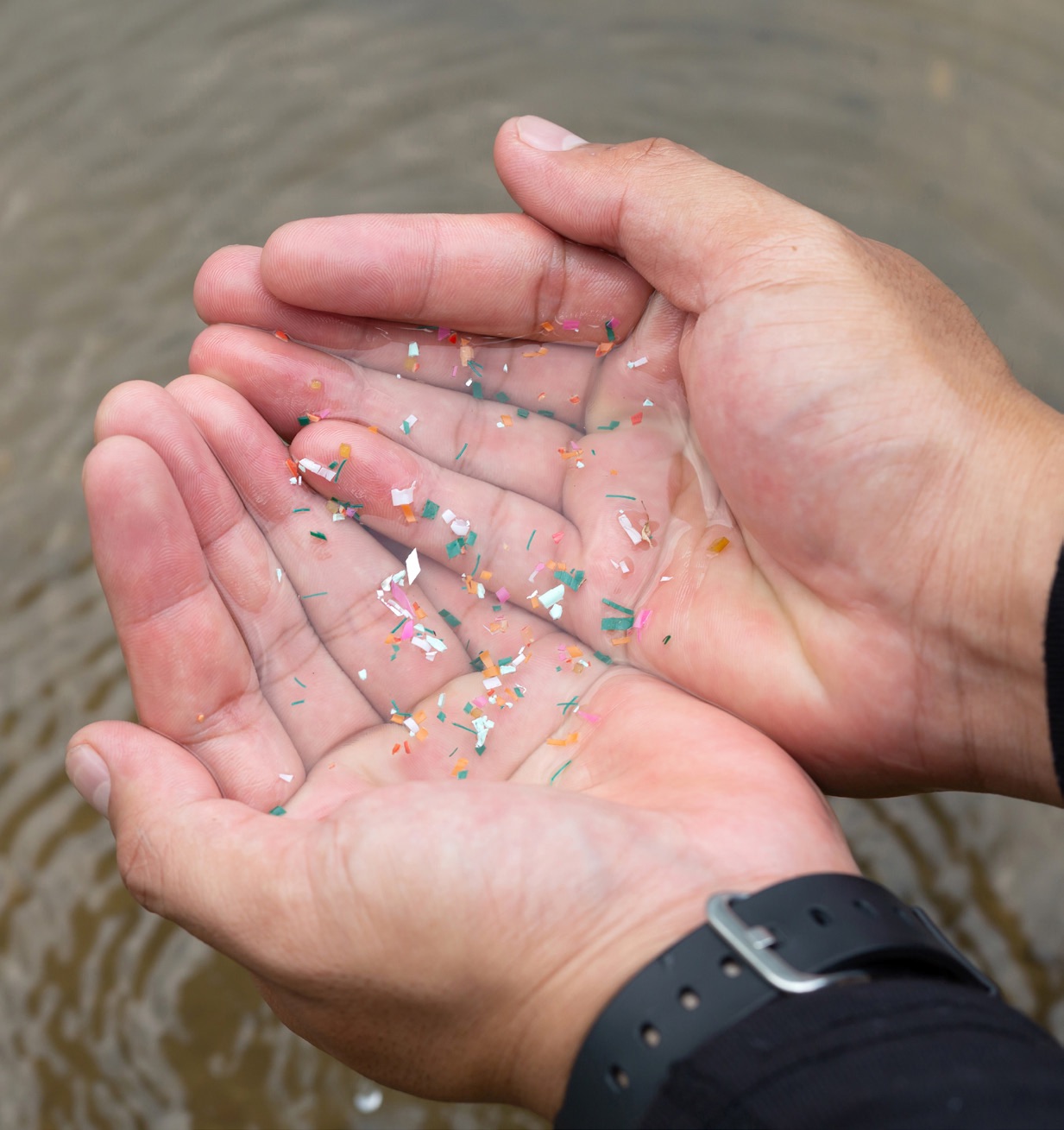Microplastics: Still up in the air
Don Smolenski, Contributing Editor | TLT Machinery August 2022
Knowing the composition of microplastics in the atmosphere will undoubtedly be useful.

My previous TLT column dealt with microplastic refuse contaminating the oceans. This article will discuss plastic particles in the atmosphere. The not insignificant concentration of microplastic particles in the atmosphere has only come to light in the last few years, although it’s thought, in retrospect, to have been around for a decade or more.
1 Janice Brahney, a biogeochemist, was collecting dust samples in the remote wilderness to investigate phosphorus transfer through the air and its possible effects on ecosystems.
2 Her microscopic investigation showed a great deal of plastic—all different colors of fibers, spheres, chunks and irregular shapes. Although this may have been expected in populous areas, these samples were taken in remote parts of the High Uintas Wilderness in Utah and the Rocky Mountains. But how did the microplastics get there? Some sources of microplastics include roads (from tire wear), agricultural processes, exfoliants, oceans, larger plastic particles that are continually fractured, etc. She and other scientists concluded that microplastics could travel a long way through air to fall to earth with rain, snow and wind. In fact, nanosized particles have been found at both poles! Microplastics have even been found in ombrotrophic plants—those that get nutrients only from water and air.
Much of the atmospheric modeling assumes that the particles are clear and spherical in shape, neither of which are probably good assumptions. There has been much work recently to better characterize microplastics, but even sampling techniques are not straightforward. Sampling may consist of simple deposition tests or vacuuming through filters, but this may affect their size and/or shape. Often microplastics are separated by density. Infrared, Raman and other types of spectroscopies are used to chemically characterize the microplastics. Avoiding contamination of the sampled particles by things as mundane as lab coats, labware and instrumentation is very difficult and requires extreme vigilance.
Knowing the composition of microplastics will undoubtedly be useful, but will their environmental and health effects be better, worse or indistinguishable from “dirt?” Microplastics could potentially cause warming or cooling depending on what altitude they are circulating at. As far as health issues, micrometer or smaller particles can be inhaled and ultimately enter the bloodstream. Inhalation of particulates has been shown to cause acute and chronic respiratory problems. Plastic particles have been found in human lungs in autopsies and have been associated with premature death.
3 It’s clear how ubiquitous microplastics have become, and this should be a significant concern.
REFERENCES
1.
Bourzac, K. (2022), “Scientists race to study microplastic pollution in the atmosphere,”
Chemical and Engineering News, 100 (7). Available
here.
2.
Rillig, M. C. and Lehmann, A. (2020), “Microplastic in terrestrial ecosystems,”
Science, 368 (6498), pp. 1430-1431. Available
here.
3.
Kim, T., Park, K. and Hong, J. (2022), “Understanding the hazards induced by microplastics in different environmental conditions,”
J. Hazard Mater., 424 (Part C). Available
here.
Don Smolenski is president of his own consultancy, Strategic Management of Oil, LLC, in St. Clair Shores, Mich. You can reach him at donald.smolenski@gmail.com.